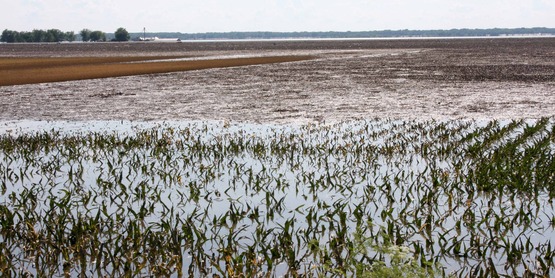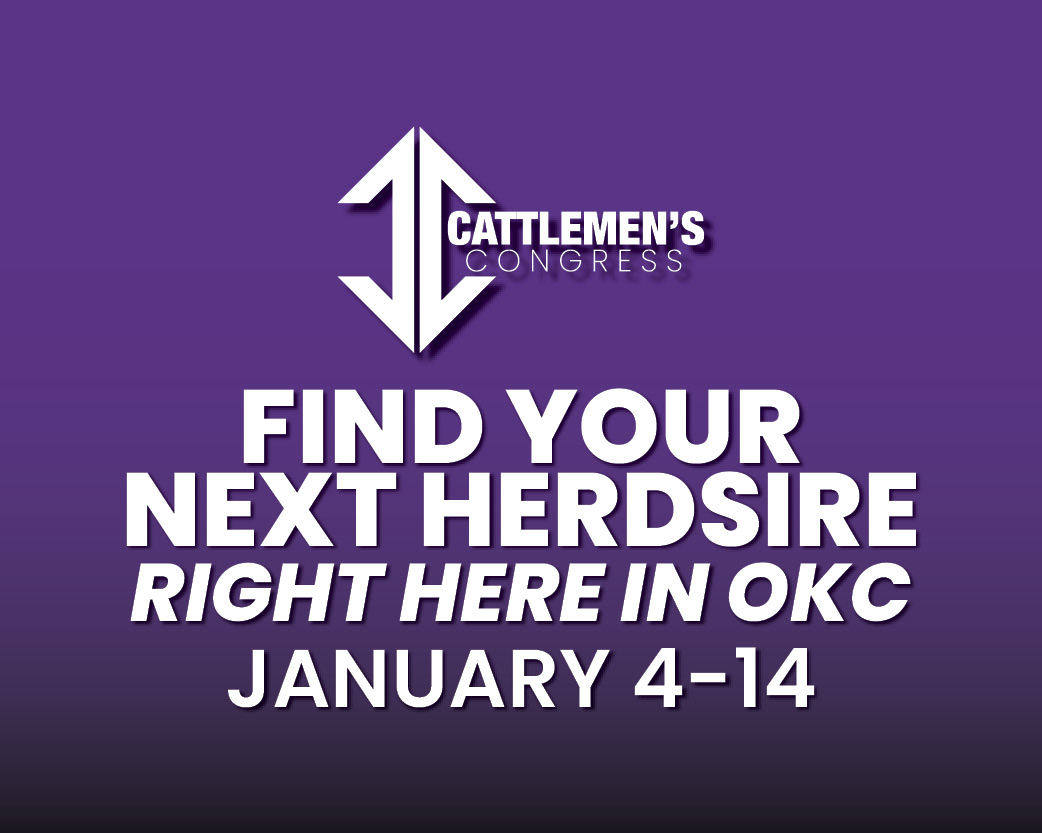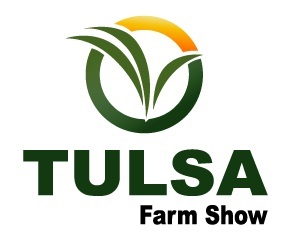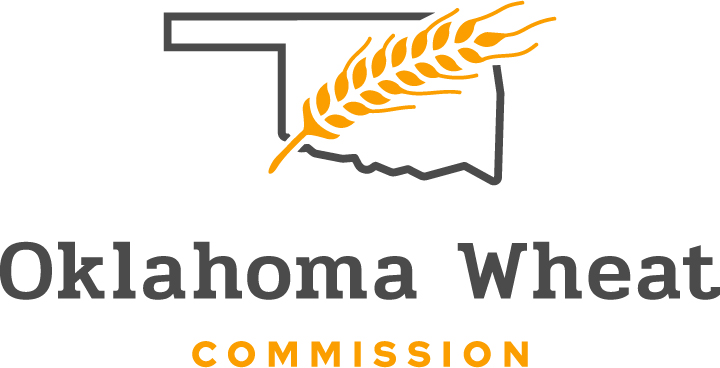
Agricultural News
Oklahoma Made Eligible for Emergency Funding Offered by NRCS to Restore Flood-Prone Lands
Fri, 06 Sep 2019 14:16:47 CDT
 In response to flooding impacting many parts of the United States this year, the USDA's Natural Resources Conservation Service (NRCS) earlier announced the availability to 11 states of $217.5 million dedicated to funding conservation easements on certain lands damaged by flooding and other natural disasters. In a second round of funding, an additional $9 million has been made available for the floodplain easement component of the Emergency Watershed Protection Program Floodplain Easements (EWPP-FPE). With that, Oklahoma, as well as two other states, Kentucky and Mississippi have been added to the list of those identified for funding.
In response to flooding impacting many parts of the United States this year, the USDA's Natural Resources Conservation Service (NRCS) earlier announced the availability to 11 states of $217.5 million dedicated to funding conservation easements on certain lands damaged by flooding and other natural disasters. In a second round of funding, an additional $9 million has been made available for the floodplain easement component of the Emergency Watershed Protection Program Floodplain Easements (EWPP-FPE). With that, Oklahoma, as well as two other states, Kentucky and Mississippi have been added to the list of those identified for funding.
"Landowners across the United States have faced and continue to face significant challenges from flooding and natural disasters," said NRCS Chief Matthew Lohr. "To provide relief and assist agricultural landowners during this difficult time, this easement program offers an option that alleviates the stress of operating in a floodplain while still retaining ownership of their property."
"We have walked with many producers out into the fields devastated by flooding this year in Oklahoma," said Oklahoma NRCS State Conservationist Gary O'Neill. "We said in May and we still hold firm to the promise that we will continue to look for ways to assist our state's producers. With that in mind, we were very excited to learn of this emergency funding to restore flood-prone lands."
The EWPP-FPE program is a voluntary program through which eligible applicants agree to sell a permanent conservation easement to the United States through NRCS. Compensation is based on the value of the easement as determined by an appraisal or the established Oklahoma Geographical Area Rate Cap. These easements may occur on private or State/Local government owned agricultural land damaged by flooding and natural disasters. NRCS will work to restore the easement to its natural floodplain condition.
The counties in Oklahoma in which property owners can apply for Emergency Watershed Protection Program Floodplain Easements 2019 are: Kay, Osage, Pawnee, Washington, Tulsa, Okmulgee, Nowata, Rogers, Wagoner, Muskogee, Mayes, Cherokee, Ottawa, Delaware, Sequoyah, Haskell and LeFlore.
Landowners are encouraged to contact their local NRCS field offices for more information on these floodplain easement opportunities.
Property owners interested in applying for EWPP-FPE can review program information on the Floodplain Easement webpage . More information about the EWPP-FPE can be obtained from your local USDA NRCS Field Office
If you are asking yourself, does this fit my operation, following are some additional facts that may prove helpful.
In this program you retain the rights of Quiet enjoyment; Right to control public access, and Undeveloped recreational use such as hunting and fishing.
- You will still have to pay taxes because you retain ownership of the land.
- You will not be allowed to graze it or hay it or continue to crop it.
- This is a perpetual easement that stays with the title of the land.
After the easement is purchased by USDA, this land will be restored to a natural floodplain state. This usually involves planting native grasses and potentially trees. Each site will look different. Please understand, you will not have to pay to plant the grass or the trees. NRCS pays for 100% of the restoration cost of the easement. The restoration will be completed either through a landowner agreement or federal contract.
- You will not be allowed to keep your barn or build a barn on the easement. All structures must be destroyed/removed from the easement. Small portable hunting blinds are acceptable.
How much per acre you will get paid for this agricultural lands' easement will be based on the lowest of the following: fair market value based on appraisal, geographic area rate cap, or landowner offer.
Also know that you do not have to enroll the whole farm. However, NRCS will only be able to take in acres that would restore the floodplains to natural conditions. Typically, that means the land enrolled would be contiguous acres of land with up to 1:1 ratio of floodplain to upland buffer. Also, NRCS must have access to the enrolled land through an easement if access is not available by public road. In addition, NRCS is not allowed to acquire an easement that would land lock another piece of property. NRCS would not grant an access agreement to cross the easement.
A landowner may realize economic returns on activities allowed on the easement. However, that is not assured.
- You will retain your mineral rights. Exploration for oil and gas are acceptable if the exploration does not change the surface of the easement. i.e. horizontal drilling, existing pipelines.
Remember the easement can never be removed from the land. This is a permanent easement. The statue (law) for this program does not allow for any modification or termination of the easement.
Also, there is no payment limit to the amount of money you can receive or be eligible for based on your income. This is not a Farm Bill Conservation Program so applicants are not required to meet adjusted gross income, highly erodible land, wetland compliance, or length of ownership requirements of the Farm Bill.
Those states identified for funding, in addition to Oklahoma, Kentucky and Mississippi are: Arkansas, Illinois, Iowa, Louisiana, Minnesota, Missouri, Nebraska, North Carolina, South Dakota, Texas and Wisconsin.
Source - USDA
WebReadyTM Powered by WireReady® NSI
Top Agricultural News
More Headlines...





